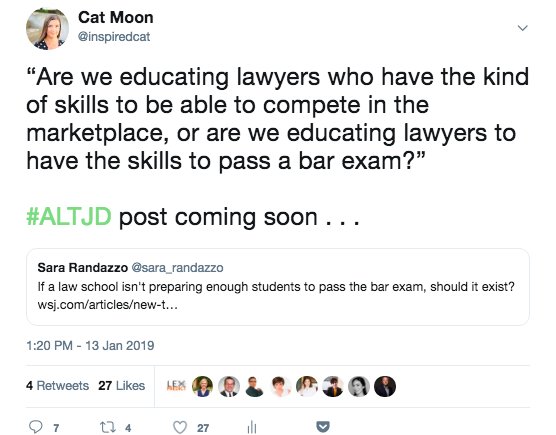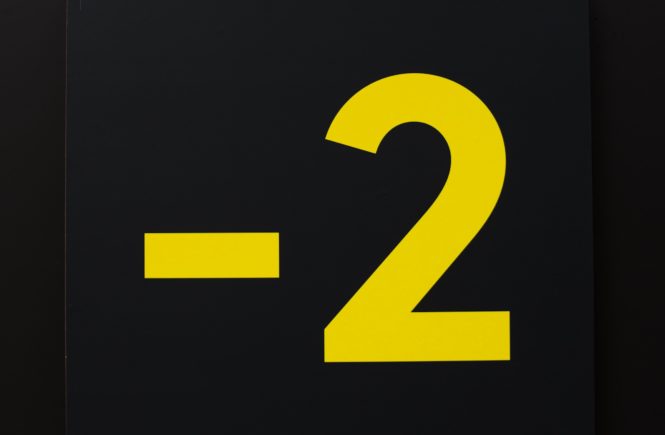By guest blogger Alyson Carrel.
A recent post on the ADR Prof Blog, Indisputably, asked the question: How does the rise of new legal technology and innovation programs impact the future of ADR programs in legal ed? The post seemed to pit one program against the other after Georgia State University Law School announced it had pulled funding for a new ADR faculty position to prioritize resources in legal technology.
As a member of the ADR community, I was concerned to hear that a school pulled funding from an ADR position. As the assistant dean for law and technology initiatives at Northwestern, I was glad to see another school recognize the changes in our practice that legal technology and innovation are driving. More schools need to open their eyes to this changing landscape and realize that learning how to “think like a lawyer” is insufficient for today’s legal market. New skills related to technology, data, and artificial intelligence are required to meet clients’ demands to provide better, faster, and cheaper services.
And while I implore law schools to recognize the importance of technology and innovation, I don’t think it should be at the expense of skills often taught in ADR courses. We can’t mistake the growing importance of learning about technology and data analytics with
Advocates in the legal technology and innovation space are not arguing for lawyers to become computer scientists, they are arguing for lawyers to become better problem-solvers by understanding and utilizing all the tools available to them, including technology. This was one of the reasons I gravitated towards the legal tech (and innovation) space. It is the focus on creativity and problem-solving, as well as its appreciation of the interdisciplinary nature inherent in good lawyering, that attracted me. Technology is just one of the many tools available when designing a solution.
The rise of innovation and legal technology in the delivery of legal services should be driving a more holistic understanding of lawyering and legal education. I’d like to think we can shift the conversation from an “or” stance to an “and” stance, and remind administrators why ADR programs, and more broadly lawyering and problem-solving modules, are as important to our students today as ever, maybe even more so.










